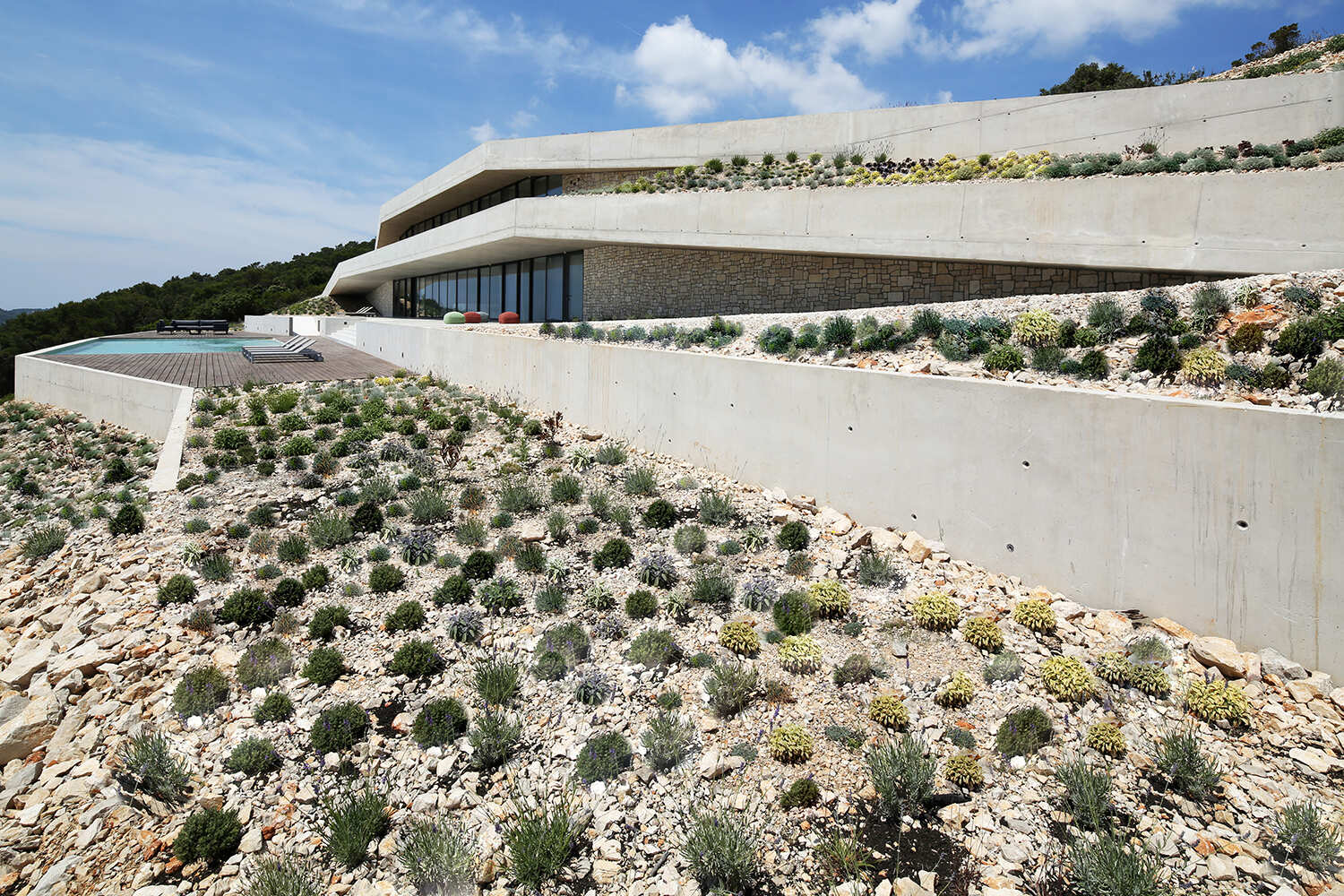Formafantasma releases picture book to teach children about the environment


Design studio Formafantasma has created a picture book for children, exploring humans' relationship to the natural world through a fable-like adventure.
Titled The Down Under: The Curious Fall of a Boy Who Knew Nothing and Becomes Everything, the book tells the story of a child who, while wandering over a field covering a former mining site, begins to hear the thoughts of a nearby flower.
Urged to consider reality from the perspective of this plant – and soon a spider, a canary and tiny soil-dwelling collembolas – he begins to see that nature has been just as busy creating, building and living as the human world.

Formafantasma founders Andrea Trimarchi and Simone Farresin created the book during a residency at C-mine, a creative hub at a former coal mining site in Genk, Belgium, where slag heaps have been turned into rolling green hills.
Inspired by the way that life persists in these human-ravaged landscapes, they wanted to create a story that challenges ideas of emptiness and decay, and invites readers to view even seemingly lifeless post-industrial areas as thriving ecosystems.

Working together with scientists and the illustrator Clément Vuillier, they turned their ideas into a book in two segments – a children's picture book at the front and a collection of adult essays and interviews at the back.
"Thanks to this dual narrative — one aimed at children, the other more critical and scientific for adults — The Down Under encourages reflection at different stages of life, with the ambition of functioning both as a children's book and as a transgenerational educational tool," said Trimarchi and Farresin.
The Down Under story is accompanied by full-page illustrations by Vuillier that combine his signature complex style with influences drawn from scientific visuals.

Trimarchi and Farresin asked him to develop the drawings based on high-powered microscope images of material samples sourced from a slag heap in Genk.
There is a psychedelic, Alice in Wonderland quality to the drawings and narrative, as the main character falls through the earth, sees beyond his normally limited human perception and considers time from the perspective of a 400-million-year-old hive mind.
The text represents a continuation of themes that Formafantasma has been exploring through works such as their Milan design week play, imagining animals reflecting on modernism, and their Oltre Terra exhibition examining the relationship between humans and sheep.

The duo are among the key thinkers in an emerging field that is sometimes known as interspecies design, which decentres the needs of humans and emphasises the interconnected nature of all life on earth.
"Our goal is not to present a simplistic view of humanity's relationship with the earth," write Formafantasma in one of the book's essays. "Instead, we hope to foster an awareness of the deep interconnection between humans and the rest of the natural world, where no species stands alone."
"It is a vision that challenges the belief that nature is a resource to be extracted and that humans are separate from the creatures they share the planet with."
Trimarchi and Farresin consider The Down Under part of a vast tradition of designers creating educational tools for children, referencing the picture books of Italian modernist Enzo Mari, who also focused on animals, as a key inspiration.

However, the duo said they did not want to emulate his focus on form but draw in both children and adults alike to consider the full story behind every object.
"We take issue with the notion that form can exist as a static, undeniable truth," they write. "In a world where the production of objects, materials and labour is increasingly opaque — and often exploitative — the pursuit of an ideal shape feels incomplete, even deceptive."
"The objects we live with are imbued with the histories of the people, materials, animals, and all the species that have contributed to their creation."
The post Formafantasma releases picture book to teach children about the environment appeared first on Dezeen.




















































